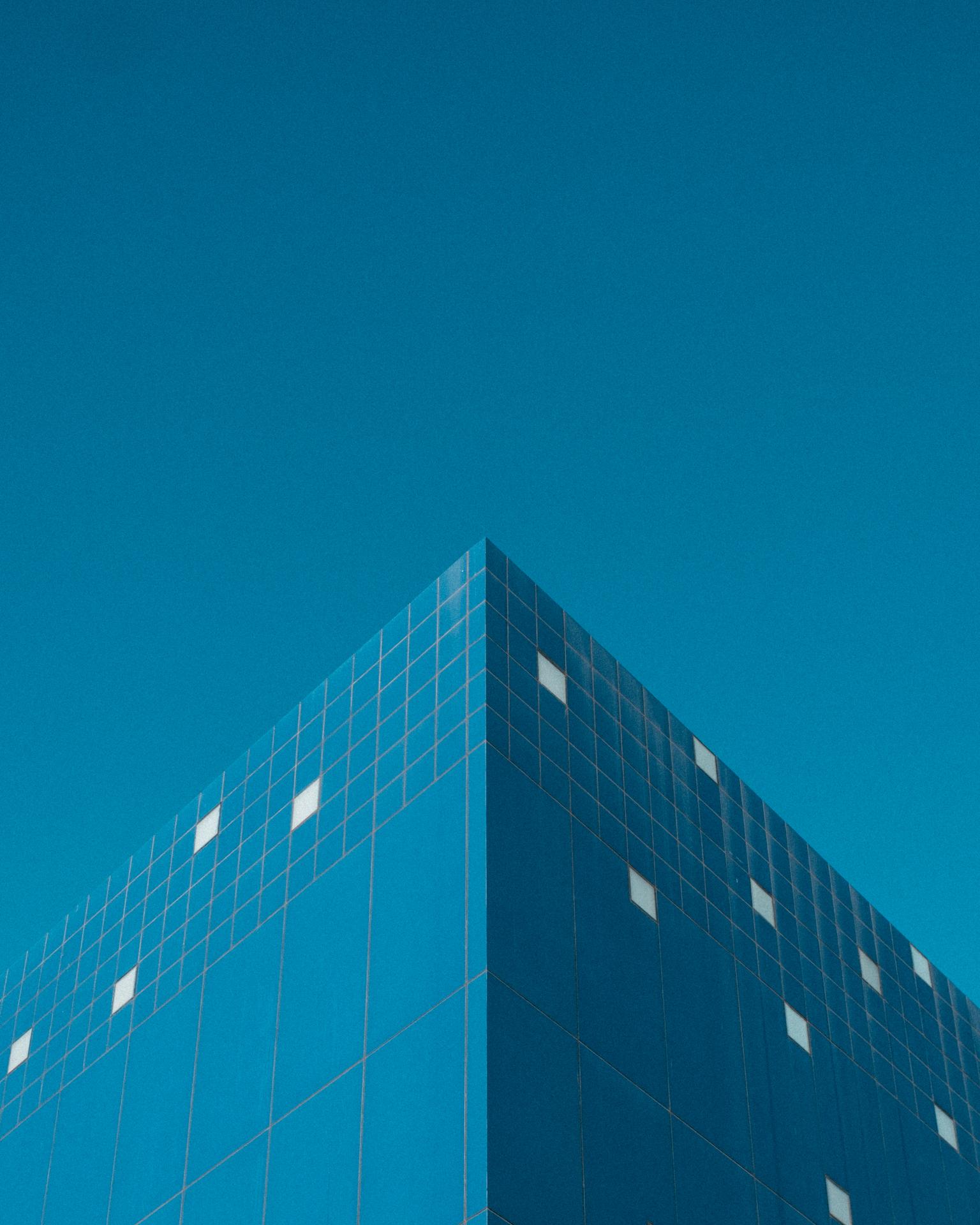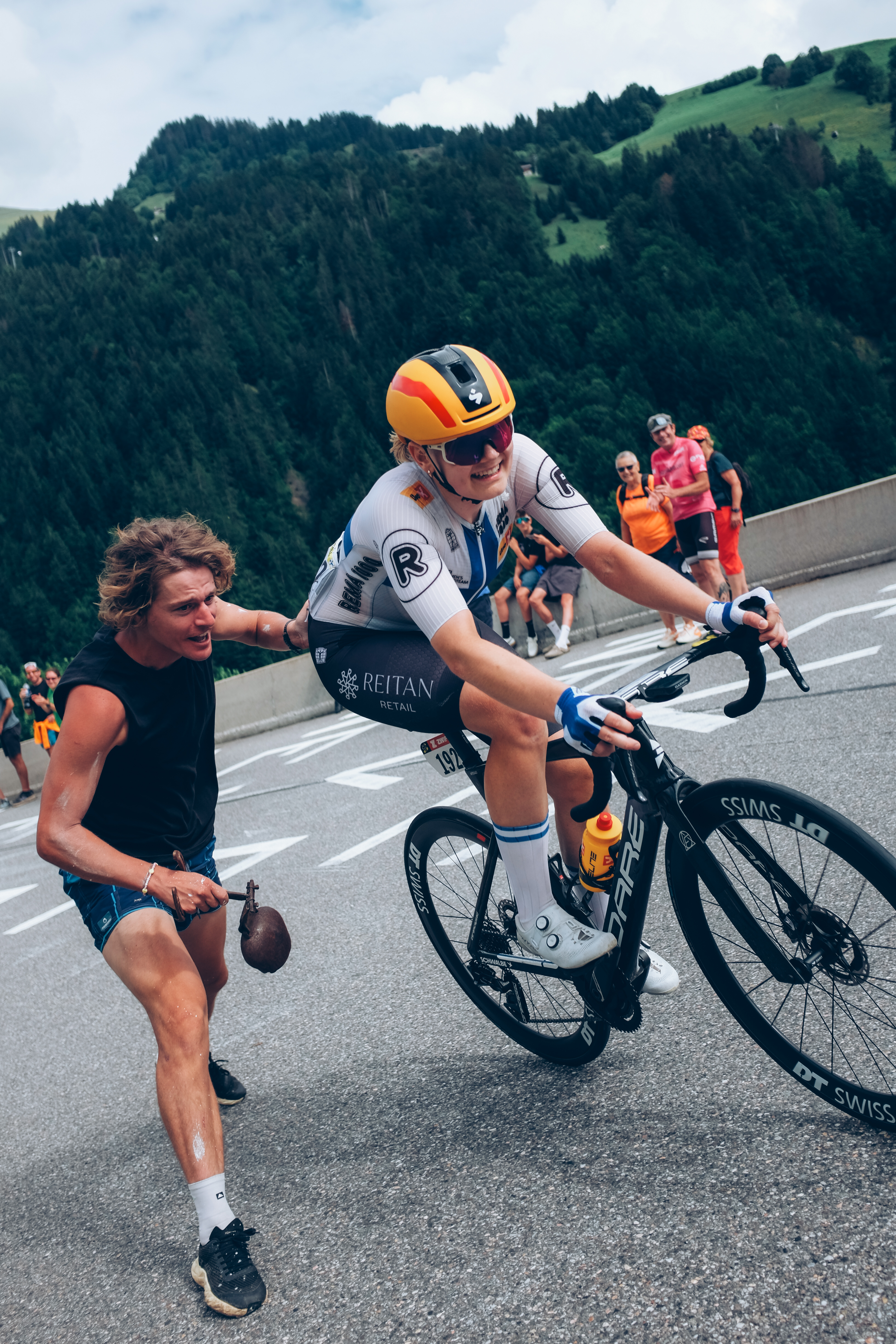TAKE TEN: Yashwin Awatar
Hailing from Mauritius, it’s easy to confuse Yashwin Awatar’s beautiful digital images for classic 35mm film photos. He tells us more about photography on the island, overcoming social anxiety through his camera, and not settling for an image.
Tell us more about the photography scene in Mauritius.
I’d say the photography scene in Mauritius is still nascent. Right now, photography is still mostly viewed more as a tool rather than an art form. Almost all photographers in Mauritius are mainly wedding or corporate photographers, with very few who I’d describe as artists.
We care very little about the power photography possesses as a storytelling device, and care even less about the work of photographers like Tristan Bréville, Vel Kadarasen and Yves Pitchen, all greatly influential photographers who captured Mauritius at its most historically significant moments. Now? Their work is barely known, barely appreciated, and hardly preserved.
But I see the change. I see how more and more young Mauritians are starting to pursue photography as an art form. I see more and more people appreciating photography for what it is, what it can be, and what it can bring to this country.
I think we still have a way to go when it comes to art being an intricate part of our culture like so many other countries, but we’re getting there. The photography scene in Mauritius is changing, and I’m so happy to be part of this change.
You have a definite film look to your images. How often do you use the preset Fujifilm Film Simulations, or do you use your own recipes?
I shot only JPEG with the Classic Chrome film simulation on my good ol’ X-T10 for a solid year when I first started photography, all the way back in 2018. It’s kind of embarrassing to admit that now but it took me so long before I eventually started shooting RAW. And yet, some of my best shots TO THIS DAY were taken on that trusty X-T10 with my Konica 57MM 1.4 vintage lens and edited using my patented Classic Chrome JPEG with a touch of VSCO mobile preset magic pipeline.
Now I have an entirely RAW workflow. The look I like to achieve to get my trademark film-look just isn’t possible using only the Fujifilm Film Simulations, even though they’re incredible.
I’ve also recently started to implement film textures using Photoshop into my workflow and honestly, they’ve been an absolute game-changer in achieving that truly film-like look. I’ve since had a few film photographers complimenting my work and ask me which stock I shoot on and where I develop my film, only for me to ruin their Thursday afternoon at an overpriced hipster coffee shop (because that’s where all the film photographers love to hang out) by revealing that I shoot digital.
However, last year I was loaned an X-T5 for a couple months and that’s when I discovered the glorious Classic Neg. I edited a portrait photoshoot on Lightroom with just the Classic Neg colour profile and was genuinely blown away at how good it was at achieving such an amazing film-look with very minimal editing. Before then I had never really used Fuji’s colour profiles inside Lightroom, but that Classic Neg colour profile had me rethink everything. I could sense my X-T3 on the shelf trembling in sheer terror while I seriously pondered buying an X-T5 just for that Classic Neg.
Do you shoot 35mm film at all?
Nope! Never shot a single roll of film in my life and it’s kind of a sad fact when I think about it, since my whole editing style revolves around making my images look like film. It’s just really hard (and costly) to shoot film in Mauritius. And while that’s already a tough pill to swallow, developing it is what’s the real challenge. Well, I say “real challenge,” but it’s nigh impossible.
On one of your Instagram posts, you discuss your social anxiety and the way you have found to cope with it. This could be valuable to many other photographers – can you tell us more?
I’ve always struggled with social anxiety. I hate how incredibly self-conscious I can get, where I quite often get so hyper-focused that I become acutely aware of the clothes I’m currently wearing and how incredibly uncomfortable it is.
My social anxiety mainly manifests through me thinking everyone’s staring at me when I’m out in public. Thoughts like “Everyone must think I look awkward” or “They’re judging me for what I’m wearing” can dominate my thoughts, even when there’s no evidence that others are paying attention to me at all. It took me years to get my social anxiety under check, but I still struggle from it quite a lot.
But what truly helped me was having a vintage-looking camera strapped around my neck pretty much everywhere I went. Why? Because it helped me control the narrative. Before, all I could think of when people constantly stared at me was “What are they looking at? What’s wrong with my appearance? What are they seeing that I didn’t see?”. These thoughts would absolutely dominate my mind, and they were all I could think of. But with my Fujifilm around my neck, I was giving them a reason to look. Now my brain wasn’t constantly trying to figure out why everyone kept staring at me, because I knew why. If people were staring at me, it was because I gave them a reason to; I was now controlling the narrative.
Now don’t get me wrong, this didn’t “fix” me. It still took me years of Reality Testing, Outward Focussing and Exposure Practice to get my social anxiety in check. And even then, anxiety still consumes me whenever I have a shoot coming, and, of course, I’m still deathly scared of approaching random strangers and asking for a portrait. But hey, baby steps, right?
What’s your favourite Fujifilm lens, and why?
The Fujinon XF50mmF1.0 R WR, easily – oh man, that lens. I was loaned the lens by Fujifilm photographer and ambassador (and fellow Mauritian), Paul Choy, for a few months and absolutely fell in love with it. The colour, the sharpness, the bokeh! I shot one of my all-time favourite photoshoots with that lens and was truly blown away by it. The day I had to return that lens was a dark, dark day…
In your mind, what makes a great image?
An image that makes you stop, to me, is a great image. We live in a world of constant consumption, where every second of our lives is prime real estate that conglomerates and social media companies constantly fight over, where our very attention span has been taken over by countless apps designed to keep us glued to our phones. An image that can fight through that noise and make you stop to really take it in is to me, a great image.
What photography lesson did you learn the hard way?
“You are your worst enemy.” I’ve come to realise that I am my biggest critic, setting up unrealistic expectations for myself that I’ll rarely ever meet, which in turn feeds into my impostor syndrome. For the longest time, I believed my success was luck or that others simply hadn’t noticed the flaws in my work yet. It made me hesitant to share my photos, take on big projects, or even charge what my work was worth because I always felt like I wasn’t good enough.
The hardest lesson I’ve learned is that this mindset doesn’t just hold you back, it also robs you of the joy of creating. I’ve had to work hard to shift my perspective: celebrating small wins, focussing on progress rather than perfection, and reminding myself that growth is part of the journey. I now try to embrace imperfections in my work as part of what makes it uniquely mine.
Impostor syndrome is still something I wrestle with, but I’ve learned to see it as a sign that I care deeply about my craft. Instead of letting it paralyse me, I use it as motivation to keep improving while being kinder to myself.
Best advice you received regarding photography?
I recently came upon this quote that’s since been haunting me: “I see your vision. But what I’m looking at is the photograph you settled for.”
I rarely ever read a quote that makes me go “wow”, but this was one of them. More often than I’m willing to admit, I’ll settle for a shot instead of chasing the one I envisioned. It’s like knowing there’s a perfect sunset just over the hill, but deciding the parking lot view will do.
This quote reminded me that photography isn’t about taking the easy way out. It’s about putting in the effort, waiting for the right light, or climbing the metaphorical (or literal) hill to get the shot that matches your vision. Now, I try to ask myself before clicking the shutter: ‘Am I going to be proud of this later, or am I just being lazy?’ It’s a painful but necessary question.
What keeps you returning to photography?
Probably the same thing that keeps an artist coming back to their canvas, or a musician to music, or a cook to cooking. It’s my outlet, my addiction. I’ve taken long breaks from photography, but I always find myself coming back because it’s just a part of me. I wish I could write something eloquent and deeply philosophical to this question but it’s such a primal feeling to me. I can’t over-complicate something that’s fundamentally so simple.
What’s on your photography bucket list?
Oh, you know, just the usual. Italy, Japan, the US, and Willem Dafoe. Now I know what you might be thinking. “Italy? Why Italy?”, to which I’d highly urge anyone asking that question to immediately binge watch Ripley. That show has single handedly convinced me to fly to Italy and shoot the entire country in black and white.
Find more of Yashwin’s work here:
Instagram: https://www.instagram.com/yashwinning/
Facebook: https://www.facebook.com/Yashwinning/
Website: https://yashwinning.mypixieset.com/















